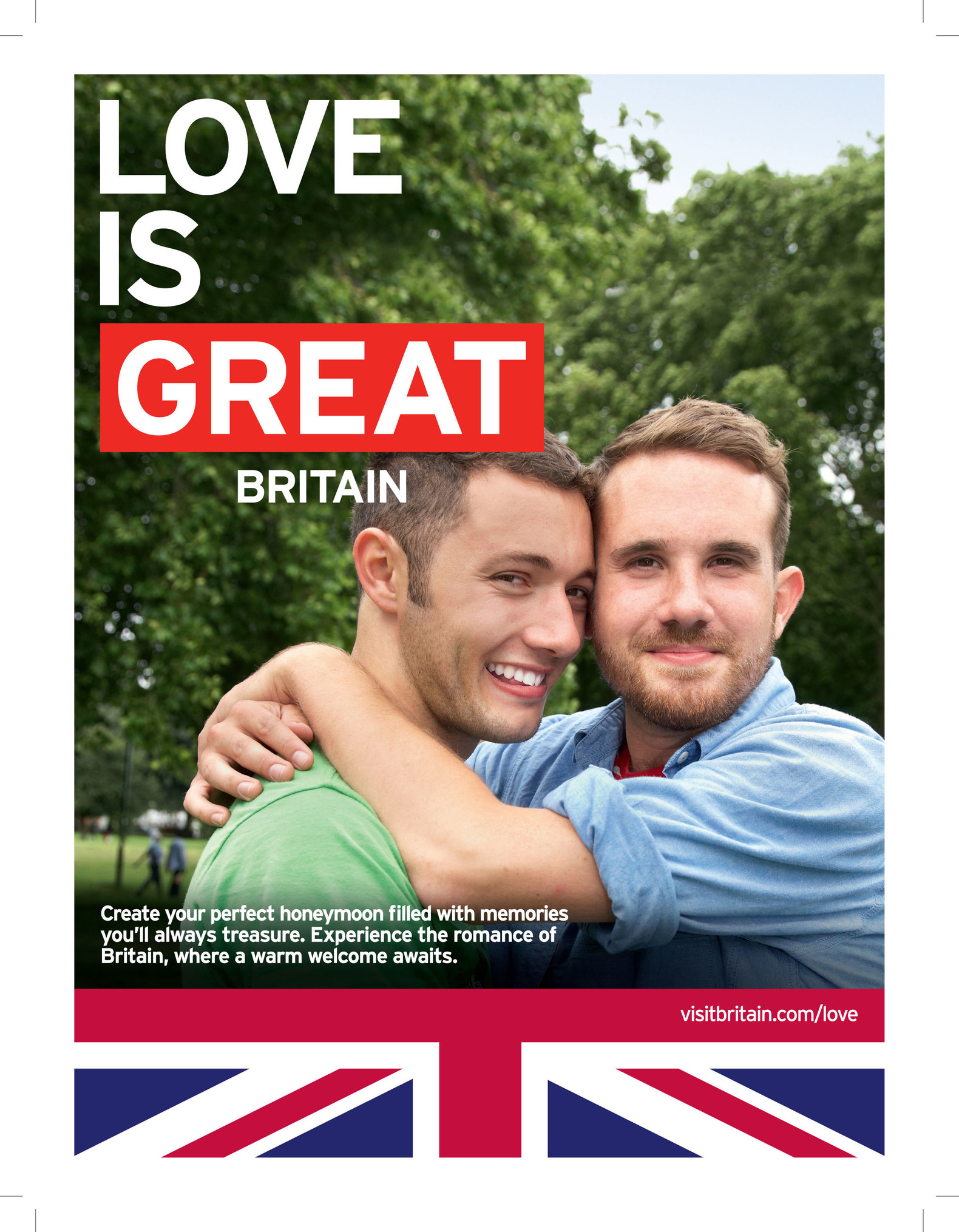The Lovers and the Haters
The winter chill is upon us, but I’m fortunate enough to own a marvellous scarf.

The winter chill is upon us, but I’m fortunate enough to own a marvellous scarf. Alright, alright, I can practically hear your eyes glazing over; but hear me out.
The scarf is eighteen feet long and was knitted for me as a Christmas present by a close friend. If desired, it wraps around many times over and it dances on the wind in a very pleasing fashion.
My marvellous scarf garners a lot of compliments from both ladies and gentleman and occasionally a white van driver will race past and shout “Tom Baker!” at me, which I’ll happily take as a sign of fond nostalgia.
However, every once in awhile someone will pass me by, take a look at the scarf and spit the word “pr**k” at me with genuine disdain.
I’m not exactly sure what kind of response they expect. Am I meant to break down in tears and hurl my scarf under the crushing tires of an oncoming bus?
I chuckle. I can afford to laugh because I already know my scarf is marvellous. Any fool can see that. And I chuckle because I’ve just encountered someone who is unable to emotionally reconcile a scarf that’s just slightly different to a lot of other scarves. Shouting abuse at a complete stranger? Really?
Now my scarf has this effect on a relatively small percentage of the UK population and so does my having a boyfriend. (He’s also marvellous, of course.)
Again, it’s something completely harmless that shouldn’t impact anyone else negatively and yet for some people it’s the cause of irrational frenzy.
Sadly, as we discussed last week, the people who send complaints to the Advertising Standards Authority – because they’ve spotted a picture of a kid with two mums, or because some men held hands on TV – do tend to shout loudest. Loud and sensible are often not the same thing.
Brands should have certainty that a majority of people in this country are perfectly happy to see a same-sex couple or an LGBT+ person in an advertisement, and that an acknowledgement of inclusivity is actually more likely to warm an audience to an ad.
After all, not having an issue with LGBT+ visibility is behaving in an entirely logical way, embracing the world as it really is – and as it always, often secretly, has been.
So it benefits advertisers who make brave, inclusive ads to hear messages of support and not just the shrill and vicious howling of detractors. The lovers need to be at least as active as the haters.
We know that for each successive generation of any marginalised group, seeing themselves represented is important. But when we’re happy with the world, we tend to take it for granted. We smile and walk away.
Let’s try to break that habit and give praise where it’s due.
Remember to send a tweet, write an email, share on social media and support the brands that make the sensible leap.
And who knows, by this time next year absolutely anyone could feel free to wear a marvellous scarf.
Written by Phil Clements, Member and Spokesperson for PrideAM